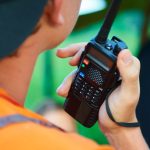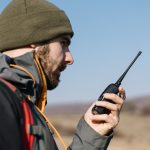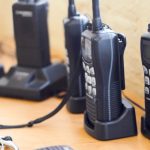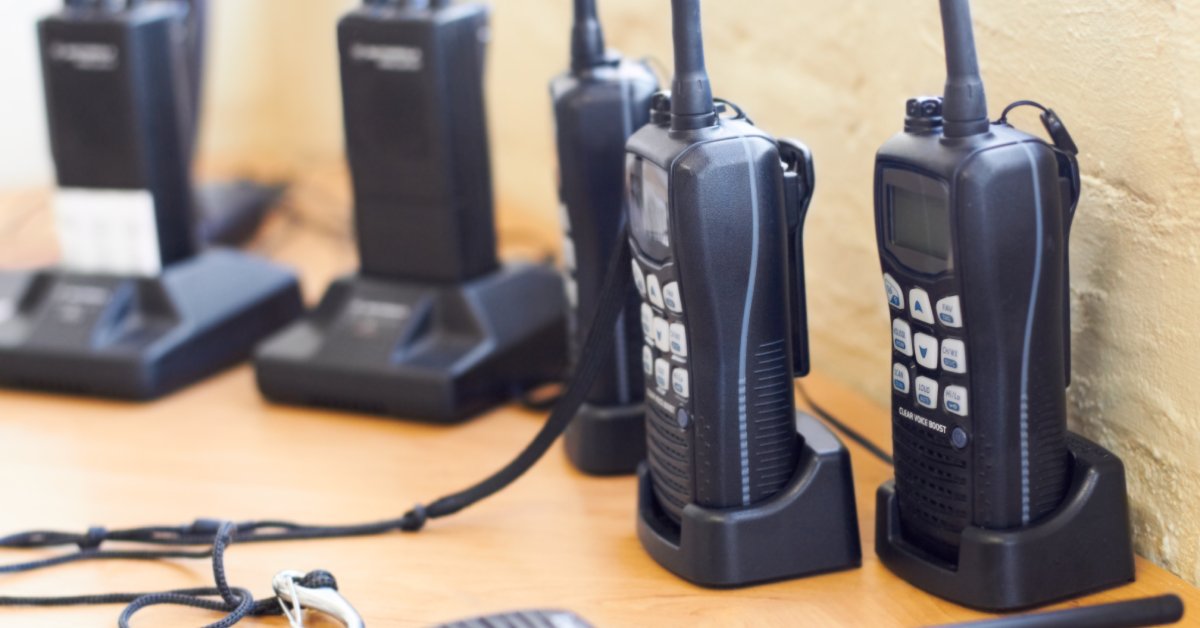Two-way radios are invaluable tools for communication in various industries, from emergency services to construction and outdoor recreation. However, unexpected mishaps can occur, and one common issue radio users face is dealing with wet batteries. Water damage can compromise the performance of your two-way radio and even lead to permanent damage if not handled correctly. Whether it’s due to unexpected rain, accidental immersion, or exposure to damp environments, knowing what to do when your two-way radio battery gets wet is essential.
The Risks of Wet Two-Way Radio Batteries
A wet two-way radio battery can pose several risks. Moisture can interfere with the electrical connections, potentially causing the device to short circuit. This may render the radio inoperable and potentially lead to further damage over time. Distorted electrical currents within the battery can heat it up, creating a potential fire hazard. Additionally, exposure to water can corrode internal components, degrading the battery’s performance even if it appears to function normally at first.
Radios are integral to maintaining seamless communication, so taking the right precautions as soon as a battery gets wet is crucial. By acting quickly and following the appropriate steps, you can often salvage your radio and its battery instead of having to replace them entirely.
Immediate Actions To Take After the Battery Gets Wet
The first thing you should do when your two-way radio gets wet is shut it off immediately. Leaving the radio powered on could increase the likelihood of a short circuit as the water comes into contact with the internal mechanisms. If the device is still on, promptly but carefully power it down without pressing additional buttons that may push water further into the device.
Once your radio is off, separate the battery from the device. Removing the battery keeps moisture from spreading, minimizing damage to sensitive internal parts. Handle the radio and battery with dry hands to avoid introducing more moisture into the situation. Avoid shaking the battery or the radio in an attempt to remove water, as this can unintentionally drive the liquid deeper into the mechanisms. Instead, keep the components upright with any ports or openings facing downward.
If your battery appears to have visible water droplets, gently pat it dry with a clean, lint-free cloth. Be sure to remove any excess moisture on the surfaces of both the battery and the radio body. Once you have addressed the immediate moisture on the exterior, properly drying your radio is the next critical step.

The Right Way To Dry the Battery
Drying the battery and the radio effectively requires patience and the right approach. Quick fixes, like using a hair dryer or placing the battery inside an oven, may seem tempting but are highly discouraged. Excessive heat can damage the battery casing, distort internal connections, or even cause it to overheat and leak hazardous chemicals. Instead, focus on safe techniques that allow moisture to evaporate naturally.
A Dry, Well-Ventilated Area
One of the safest methods is to leave the battery and radio in a dry, well-ventilated area. Place the components on a soft, absorbent surface, keeping them away from direct sunlight or heat sources. If possible, use silica gel packets or other desiccants to help absorb moisture. You can place these packets—often found in shoe boxes or electronics packaging—near the battery to draw out residual water.
Uncooked Rice
Another effective option is to use uncooked rice as a desiccant. Place the battery in a container filled with dry rice, submerging the entire unit while preventing rice grains from entering any openings or ports. Leave the setup undisturbed for 24 to 48 hours so the rice can absorb any lingering moisture.
Patience is key—do not rush to reassemble or power on your radio while the battery is still drying. Using the device before you have removed all moisture can worsen the damage and possibly make the situation irreversible.
Battery Inspection
Once you’re confident that the battery is dry, inspect it thoroughly for damage before reattaching it to your two-way radio. Begin by examining the external casing for any visible signs of wear, discoloration, or cracks that may have formed as a result of water exposure. Even small imperfections can compromise the battery’s structural integrity.
Next, look closely at the battery connectors. These metallic points play a significant role in transferring power from the battery to your radio. If you notice any signs of corrosion, rust, or residue on the connectors, consider using a cotton swab lightly dampened with isopropyl alcohol to clean the area. Allow the connectors to fully dry before proceeding.
If the battery appears physically intact and free of corrosion, you can attempt to reattach it to your radio. Power the device back on and test its basic functions, such as checking the signal or sending a short communication. Pay attention to any unusual behavior, such as rapid power loss or excessive heat, which could indicate internal damage that requires professional repair or full replacement.

Water Damage Prevention
While knowing what to do when your two-way radio battery gets wet can often salvage it, prevention is always better than cure. Protecting your two-way radio and its battery from potential water exposure is key to maintaining its functionality and longevity. Start by investing in a waterproof or water-resistant case tailored for your radio. These cases add an extra layer of protection, ensuring your device stays dry even in unexpected weather conditions or damp environments.
Additionally, consider using radios and batteries that come with IP (ingress protection) ratings. Devices with higher IP ratings can withstand exposure to water and dust. Even when working in environments where water exposure is unlikely, having the extra assurance of water resistance can bring peace of mind.
If you operate in areas with frequent exposure to moisture, such as near water bodies or in high-humidity zones, establish habits that protect your gear. Store your radio in a dry location when it’s not in use and regularly check for signs of wear on the waterproof elements, such as seals or ports.
Being proactive about maintenance also helps. Periodically cleaning and inspecting your battery and radio for signs of dirt, corrosion, or damage will allow you to address small issues before they escalate. Proper care and attention ultimately extend the life of your equipment and reduce the likelihood of mishaps.
Keep Your Radio Running Smoothly
Water-damaged two-way radio batteries can be challenging to deal with, but with prompt and appropriate action, you can keep your device working properly. By turning off the radio immediately, drying the components with the right methods, and carefully inspecting for damage, you can often save the battery and your radio from permanent harm. Preventive measures, such as using protective gear and performing regular maintenance, ensure that your equipment remains reliable and ready to operate in any environment.
If your radio battery has sustained significant damage after getting wet, it’s worth investing in a high-quality replacement. Battery Distributors carries durable batteries, including Motorola XPR 3500 battery replacements, that provide long-lasting performance and help you avoid setbacks during critical operations. With our extensive selection of batteries, it’s easy to keep your radios in proper working order.











